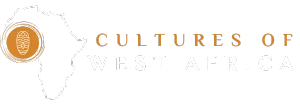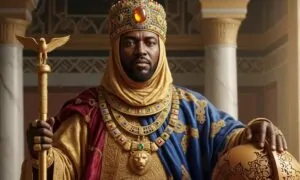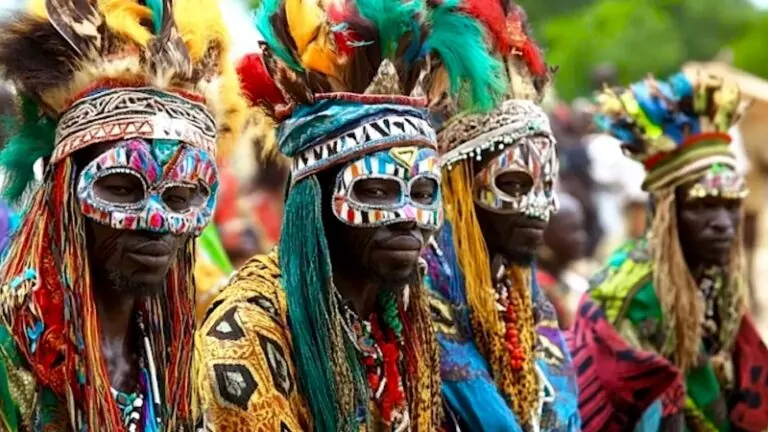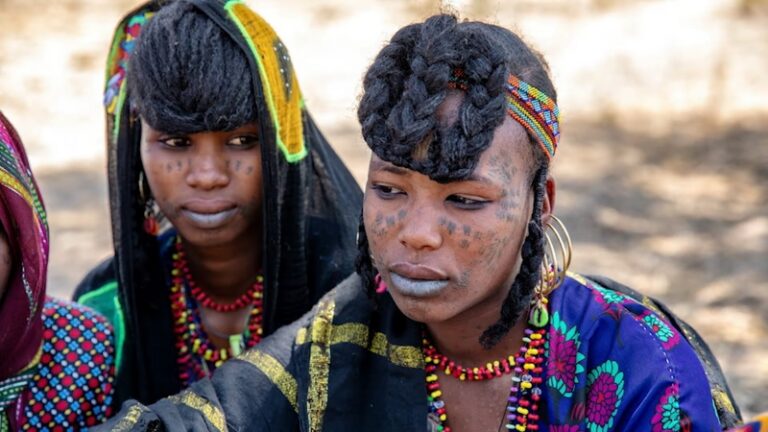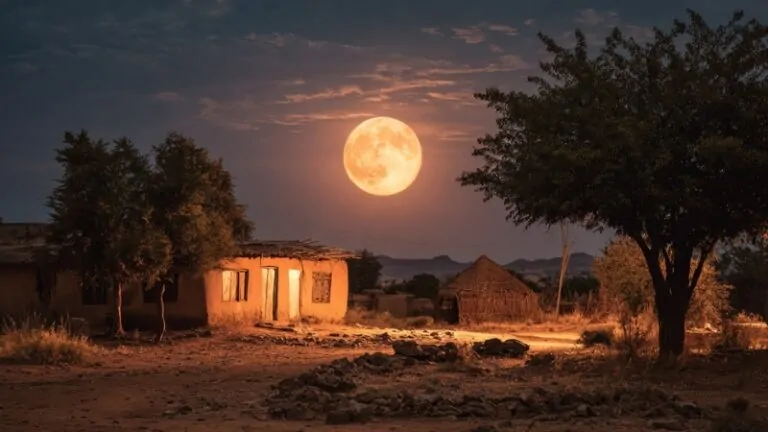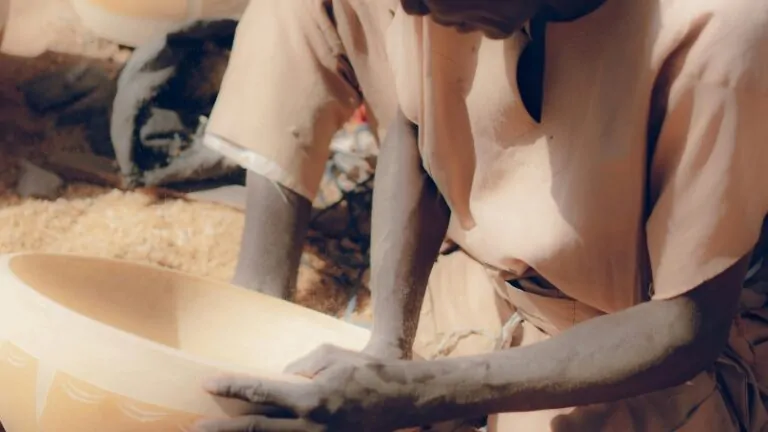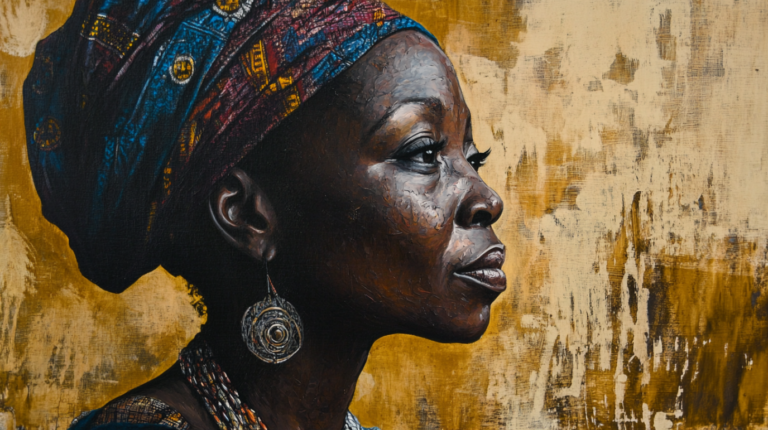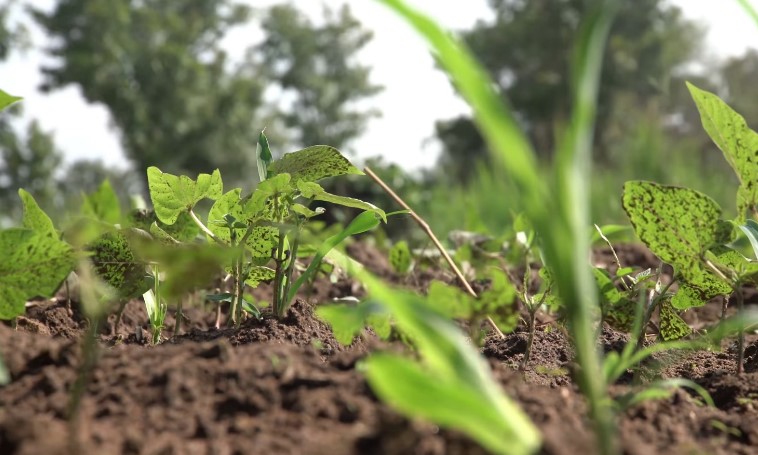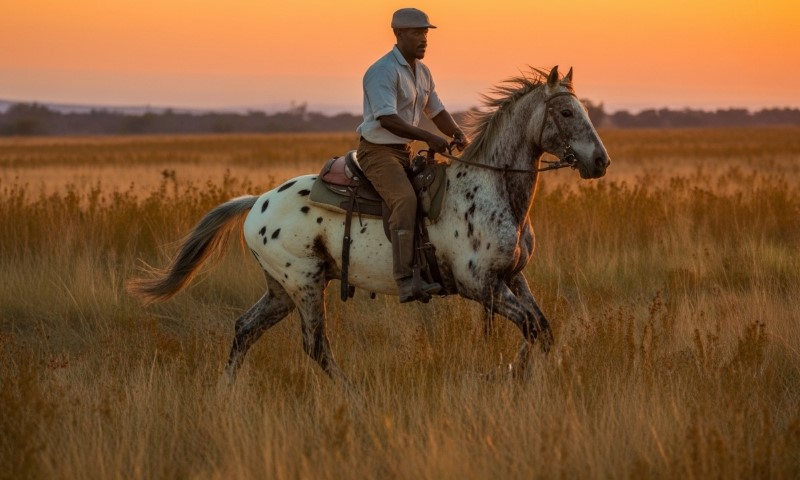
Across the semi-arid belt of the Sahel, from Senegal to Chad, horses have shaped warfare, trade, ceremony, and prestige for over a thousand years. In a region often defined by drought and endurance, the horse became more than transport. It was a marker of lineage, leadership, and survival.
Table of Contents
ToggleWest African horses, though smaller than European or Arabian lines, adapted to harsh heat, low-nutrient forage, and long distances. Their legacy is visible in festivals, cavalry parades, and local proverbs linking horse mastery to honor and divine favor.
The breeds that remain today, from the compact Sahelian ponies to the royal Dongola, embody centuries of human-animal partnership that defined kingdoms and cultural identity long before colonial borders.
Below are six horse breeds that best represent this heritage, each a living archive of West African power and tradition.
1. Dongola Horse (Sudan, Chad, Mali, Niger)
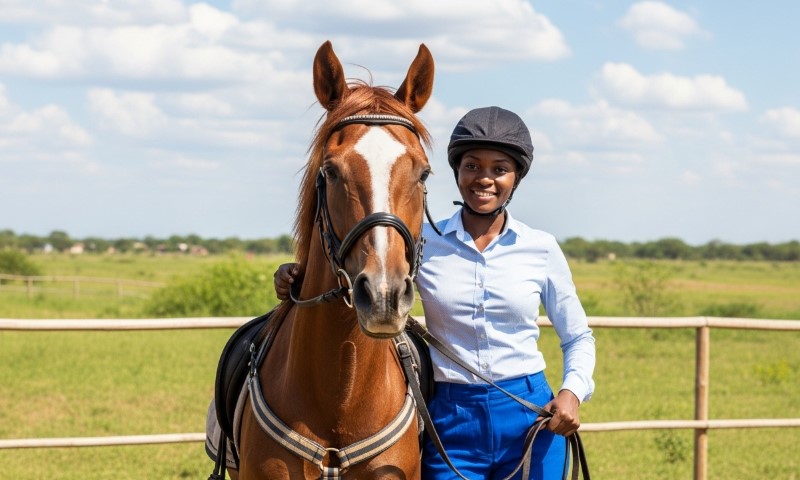
The Dongola is one of Africa’s oldest cavalry breeds, tracing its ancestry to Nubian and Barb horses that moved south along the Nile. Historically prized by Sahelian sultans, it symbolized nobility and martial excellence.
| Attribute | Details |
| Height | 14.2 – 15.2 hands |
| Build | Tall, narrow chest, high withers, long neck |
| Color | Often dark bay, black, or chestnut with white markings |
| Temperament | Spirited, intelligent, loyal to one rider |
| Use | Ceremonial riding, endurance, parade horses |
Dongolas endure blistering heat while maintaining stamina over open plains. Their refined carriage makes them the preferred mount for emirs and chiefs in Chad and Niger during independence celebrations and festivals such as the Cure Salée in In-Gall, Niger, a pastoral gathering where herders display their best mounts and attire.
2. Mossi Horse (Burkina Faso, Northern Ghana)
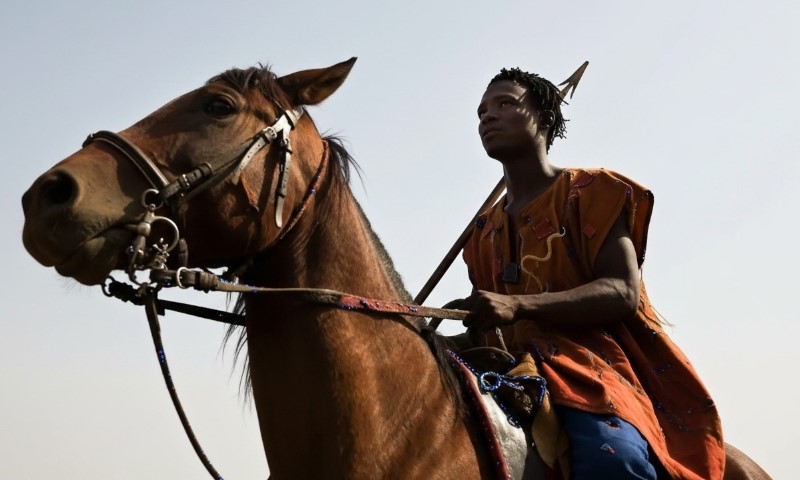
The Mossi horse embodies agricultural resilience and warrior symbolism among the Mossi kingdoms that once ruled large portions of Burkina Faso and Ghana. Centuries of selective breeding favored animals that could thrive on minimal forage and remain calm during long marches.
| Attribute | Details |
| Height | 13.3 – 14.2 hands |
| Build | Compact, muscular hindquarters, hardy legs |
| Color | Bay, brown, and gray dominate |
| Temperament | Steady, patient, responsive |
| Use | Processions, traditional warfare, farming, and transport |
Still used in rural areas, the Mossi horse continues to feature in cultural reenactments of cavalry battles. Ownership remains a sign of family status, a living reminder of royal stables once filled with hundreds of stallions.
3. Bandiagara Horse (Mali)
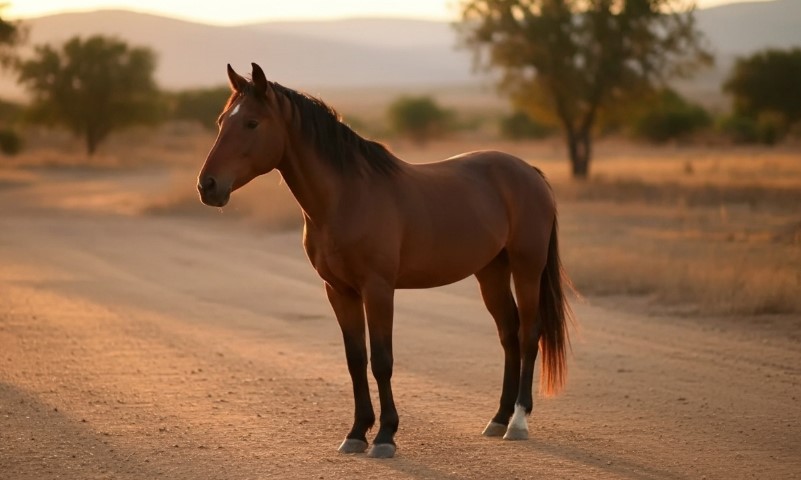
Originating in the rocky plateau regions of Mali, particularly around Dogon country, the Bandiagara horse evolved for difficult terrain and sparse vegetation. It represents one of the most environmentally adapted equine lines in the region.
| Attribute | Details |
| Height | 13 – 14 hands |
| Build | Lean, long-legged, narrow body for heat dissipation |
| Color | Light bay, dun, or gray |
| Temperament | Alert, sure-footed, independent |
| Use | Herding, transport across rough terrain, and small-scale agriculture |
Unlike heavier breeds, the Bandiagara’s survival depends on resource efficiency, the ability to travel long distances between watering points. They are favored by Dogon herders, who integrate horse motifs into carvings symbolizing communication between earth and ancestors.
4. Fleuve Horse (Senegal River Valley)
@stephenstewart77 #wildhorses #sommieres #sommieresfestival #horsesoftiktok #horses #france #susanboyle
The Fleuve, or “river horse,” developed along the Senegal River basin. It represents a fusion of Barb, Arab, and Sahelian lines brought through ancient trade between North and West Africa. Known for grace and beauty, the Fleuve horse remains an emblem of Senegalese heritage.
| Attribute | Details |
| Height | 14 – 15 hands |
| Build | Refined, smooth coat, arched neck |
| Color | Chestnut, bay, or gray |
| Temperament | Intelligent, lively, responsive |
| Use | Racing, ceremonial displays, equestrian parades |
In Saint-Louis and Podor, Fleuve horses participate in Fantasia-style exhibitions, galloping in formation to rhythmic drumming and musket fire. These performances reflect centuries of warrior celebrations where horse and rider acted as one.
Their conditioning often draws inspiration from both traditional feed sources and modern nutritional insight shared by experts, such as Equuss Victu, whose work emphasizes how balanced forage and mineral management sustain horses in arid climates like the Sahel.
The same principles that preserve endurance breeds in Europe and the Middle East are increasingly vital to conserving Africa’s indigenous equines.
5. Yagha Horse (Eastern Burkina Faso, Western Niger)
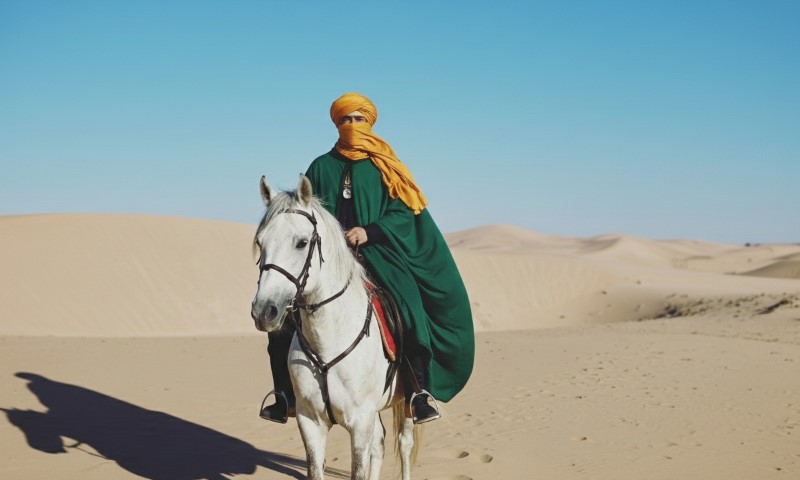
The Yagha horse is lesser known but vital to understanding local adaptations of Sahelian equines. Used mainly by the Fulani and Tuareg communities, it is bred for mobility during long dry-season migrations.
| Attribute | Details |
| Height | 13 – 14 hands |
| Build | Slim, durable, resistant to dehydration |
| Color | Mostly bay or dun |
| Temperament | Quiet but enduring |
| Use | Herd management, travel, and local trade routes |
Unlike ceremonial horses, the Yagha breed reflects the functional side of Sahel life. These horses are not bred for show but for reliability, moving livestock across semi-desert plains without modern support systems. Their resilience ensures nomadic continuity in one of the world’s toughest ecological zones.
6. Djerma (Zarma) Horse (Niger, Western Mali)
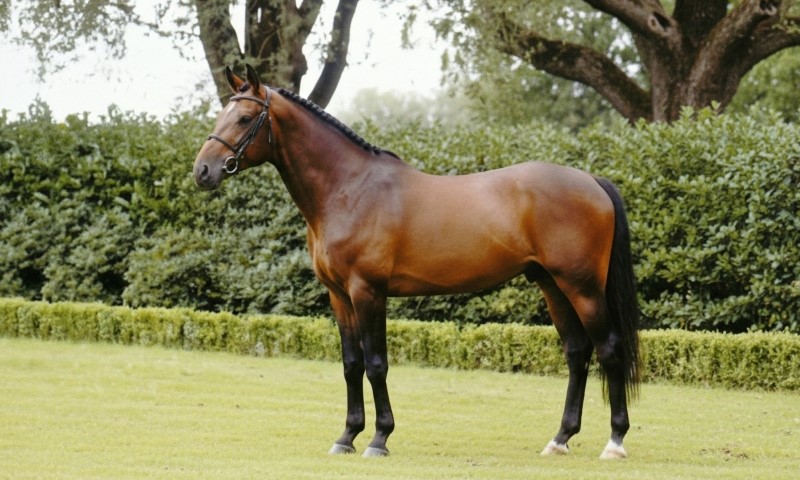
Among the Zarma and Songhai peoples, the horse remains a sacred and cultural icon. The Djerma (or Zarma) horse, closely related to the Dongola, carried warriors of the Songhai Empire, one of Africa’s greatest medieval powers.
| Attribute | Details |
| Height | 14.2 – 15 hands |
| Build | Athletic, long limbs, arched profile |
| Color | Bay or black |
| Temperament | Bold, trainable, alert |
| Use | Ceremonial, historical reenactments, and traditional cavalry |
Zarma communities maintain breeding lines linked to pre-colonial royal studs. During the Cure Salée festival, Djerma horses wear ornate silver bridles and embroidered saddlecloths, reflecting the historical wealth of Gao and Timbuktu.
The Cultural Legacy of West African Horses
The significance of these breeds goes beyond conformation or performance. They remain intertwined with oral histories, songs, and rites of passage. In Sahel societies, horses represent:
| Cultural Role | Description |
| Status Symbol | Ownership signals wealth and social standing |
| Spiritual Medium | Horses often appear in initiation rituals and ancestral ceremonies |
| Economic Asset | Still used for farming, trade, and herding in remote areas |
| Cultural Continuity | Featured in festivals like Cure Salée, Fantasia, and regional parades |
Centuries of adaptation created equines uniquely suited to West Africa’s environment, immune to local diseases, efficient grazers, and able to thrive on sparse resources where imported breeds fail. Their genetic resilience has drawn scientific interest as climate change reshapes global livestock breeding priorities.
Conclusion: Preserving the Sahel’s Equine Heritage
Each of these six breeds tells part of the Sahel’s ongoing story, a story of survival through adaptation, cultural pride, and unbroken lineage. From the royal Dongola to the humble Yagha, they testify to Africa’s deep horsemanship traditions that predate European influence by millennia.
Conservation now means more than preserving bloodlines. It means safeguarding the communities, festivals, and oral histories that give these horses meaning. As modernization spreads across the Sahel, protecting these breeds ensures the endurance of a legacy that still rides proudly across the dunes and grasslands of West Africa.
Related Posts:
- West African Architecture - A Journey Through…
- 8 Most Popular EVs in Nigeria in 2025 - Details on…
- The Fulani People – History, Culture, and Tradition
- How Did Horse Racing Become a Status Symbol Among…
- Can You Drive Across Africa from West to East Safely?
- Sacred Baobab Tree - Myths, Medicine, and Symbolism…

